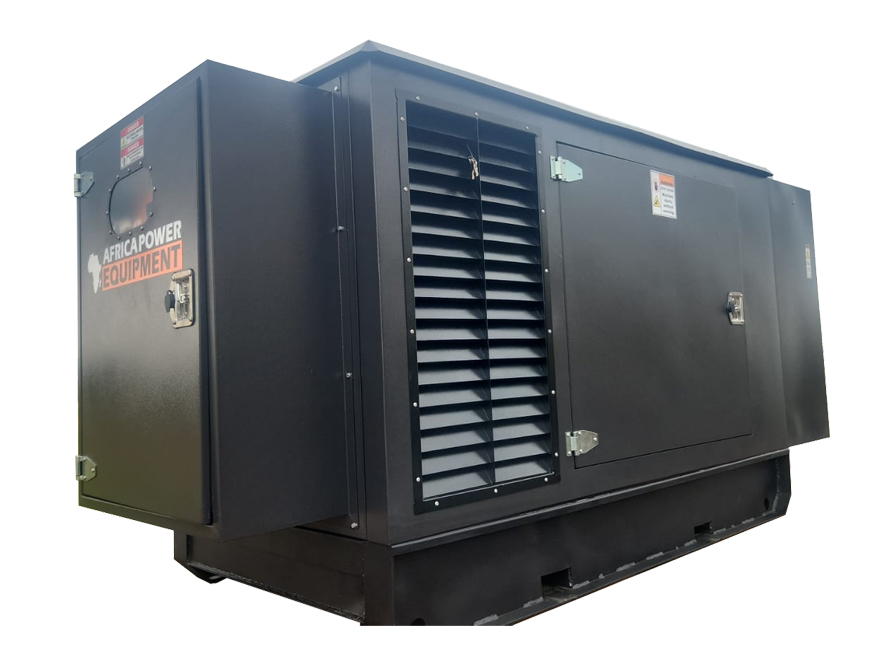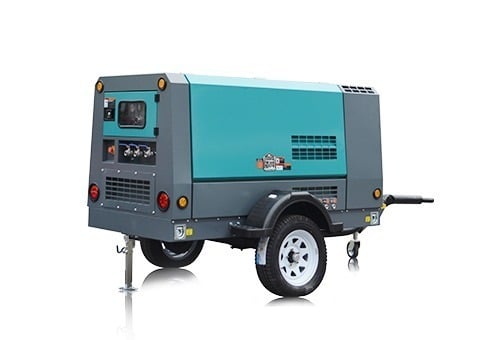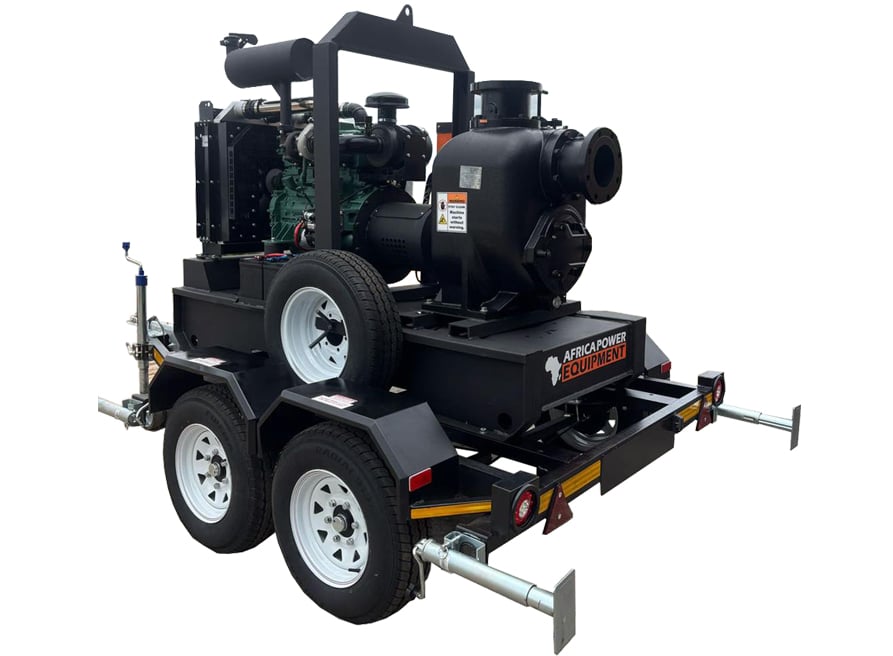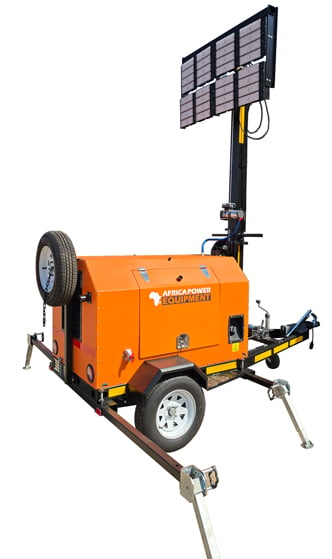Choosing the Best Water Pump to Increase Home Water Pressure
Low water pressure can turn everyday tasks like showering, washing dishes, or watering the garden into frustrating experiences. Fortunately, a booster pump can significantly improve your home’s water pressure and flow. But what type of pump do you need, and how do you choose the best one?
In this guide, we explain the best pump types, sizing considerations, and installation tips for boosting domestic water pressure effectively.
🟢 Quick Answer
The best pump to boost home water pressure is a domestic booster pump, such as a centrifugal pump or a multistage pump, depending on your household size, water source, and plumbing system. These pumps are designed to increase pressure from municipal supply or storage tanks to provide consistent, high-pressure flow throughout your home.
💧 1. What Causes Low Water Pressure at Home?
Before installing a pump, it’s important to identify why your water pressure is low. Common causes include:
-
Gravity-fed systems with no pressure assistance
-
High-demand usage across multiple outlets
-
Long pipe runs or small-diameter plumbing
-
Municipal supply issues
-
Elevated tanks or inconsistent borehole pressure
Once identified, a water booster pump can resolve most of these problems.
⚙️ 2. What Is a Water Pressure Booster Pump?
A booster pump increases water pressure and flow rate in a plumbing system. It works by drawing water in and using impellers to accelerate the flow and push it through your household pipes at higher pressure.
Common Types for Homes:
-
Single-stage centrifugal pumps
-
Multistage centrifugal pumps
-
Inline booster pumps
-
Variable speed booster systems
🔍 3. Top Booster Pump Types for Home Use
| Pump Type | Best For | Features |
|---|---|---|
| Inline booster pump | Direct pipe installations | Compact, easy to install, great for retrofits |
| Centrifugal pump | Homes with tanks or boreholes | Simple, reliable, affordable |
| Multistage pump | Larger homes or multiple floors | High pressure, energy efficient |
| Variable speed system | Smart homes with fluctuating demand | Automatically adjusts pressure & speed |
🏡 4. How to Choose the Right Pump for Your Home
Key considerations include:
✅ Water source – Are you boosting pressure from a tank, borehole, or municipal line?
✅ Flow rate demand – How many taps and appliances run at the same time?
✅ House size – Double-storey homes typically require higher pressure.
✅ Pump noise – Choose quieter models for indoor installation.
✅ Energy efficiency – Variable speed pumps cost more upfront but save on electricity.
💡 Tip: For a three-bedroom house with two bathrooms, a multistage pump with a pressure controller (2–3 bar) is often ideal.
🔧 5. Installation Options
There are three common setups for home booster systems:
1. Inline Installation (Municipal Boosting)
-
Pump installed directly into the pipeline
-
Ideal for homes with poor municipal supply
-
Requires a check valve and pressure controller
2. Tank + Booster System
-
Water stored in a tank, pumped to the house
-
Best for areas with intermittent water supply
-
Includes float valve, dry-run protection
3. Borehole + Booster Pump
-
Water drawn from borehole into a storage tank
-
Surface pump boosts pressure into the house
📌 Always use a pressure switch or controller to automate operation and avoid over-pressurising your pipes.
🔗 Internal Linking Opportunities
✅ Pros and Cons
| Pros of Using a Booster Pump | Cons |
|---|---|
| Strong, consistent water pressure | May require professional installation |
| Improved performance for showers/appliances | Higher upfront cost for quality systems |
| Quiet and automatic models available | Requires space for pump and possibly a tank |
❓ FAQs
Q: Can I install a booster pump myself?
A: If you’re confident in basic plumbing and electrical connections, yes—but for more complex systems or variable speed models, professional installation is recommended.
Q: Will a booster pump work without a tank?
A: Yes, inline pumps can connect directly to municipal supply. However, a tank system offers more control and backup supply in low-pressure areas.
Q: How noisy are these pumps?
A: Many domestic booster pumps operate quietly (40–60 dB). For indoor use, look for noise-dampened or inverter-controlled models.
🧾 Conclusion
The right water pressure booster pump can transform your home’s water experience—from frustrating dribbles to satisfying, powerful showers. By choosing a pump that suits your water source, demand, and household setup, you’ll enjoy long-term pressure performance and peace of mind.
Looking for the perfect water pressure solution?
👉 Browse our range of home booster pumps at PowerEquipment.co.za





